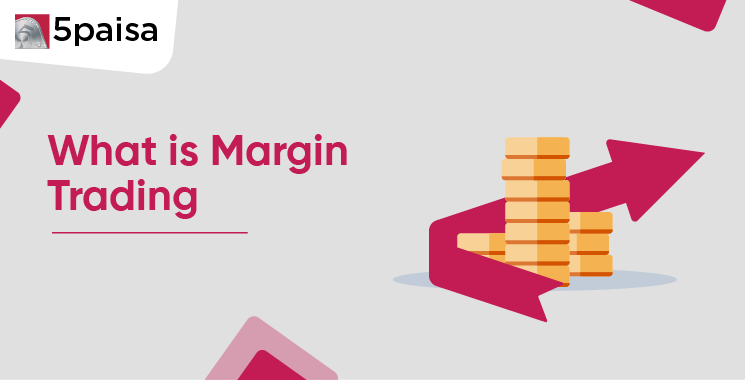Content
- What Exactly Is Margin Trading (MTF) in India?
- The Regulatory Framework Behind MTF
- How Does 5paisa’s Pay Later Fit In?
- How It All Comes Together: A Mini Scenario
- Best Practices If You’re Thinking of Using MTF
- Taking Stock: Who This Is For—and Who Should Think Twice
- Current Landscape: Where Does 5paisa Stand?
- Final Thoughts: What Margin Trading Means for You
What Exactly Is Margin Trading (MTF) in India?
Let’s keep it simple: margin trading lets you buy stocks by(partially) borrowing money from your broker. You put up a chunk of capital as margin, pledge eligible stocks or cash, and the broker funds the rest. In India, this is formally called the Margin Trading Facility (MTF) and is strictly governed by SEBI and the exchanges.
Imagine you want ₹1 lakh worth of shares but only have ₹25,000. With MTF, you can use that ₹25,000 as collateral and trade the full ₹1 lakh position. When things go right? Your returns are magnified. But margin trading carries the risk of magnified losses in case markets go against you.
More Articles to Explore
- Difference between NSDL and CDSL
- Lowest brokerage charges in India for online trading
- How to find your demat account number using PAN card
- What are bonus shares and how do they work?
- How to transfer shares from one demat account to another?
- What is BO ID?
- Open demat account without a PAN card - a complete guide
- What are DP charges?
- What is DP ID in a demat account
- How to transfer money from demat account to bank account
Disclaimer: Investment in securities market are subject to market risks, read all the related documents carefully before investing. For detailed disclaimer please Click here.




